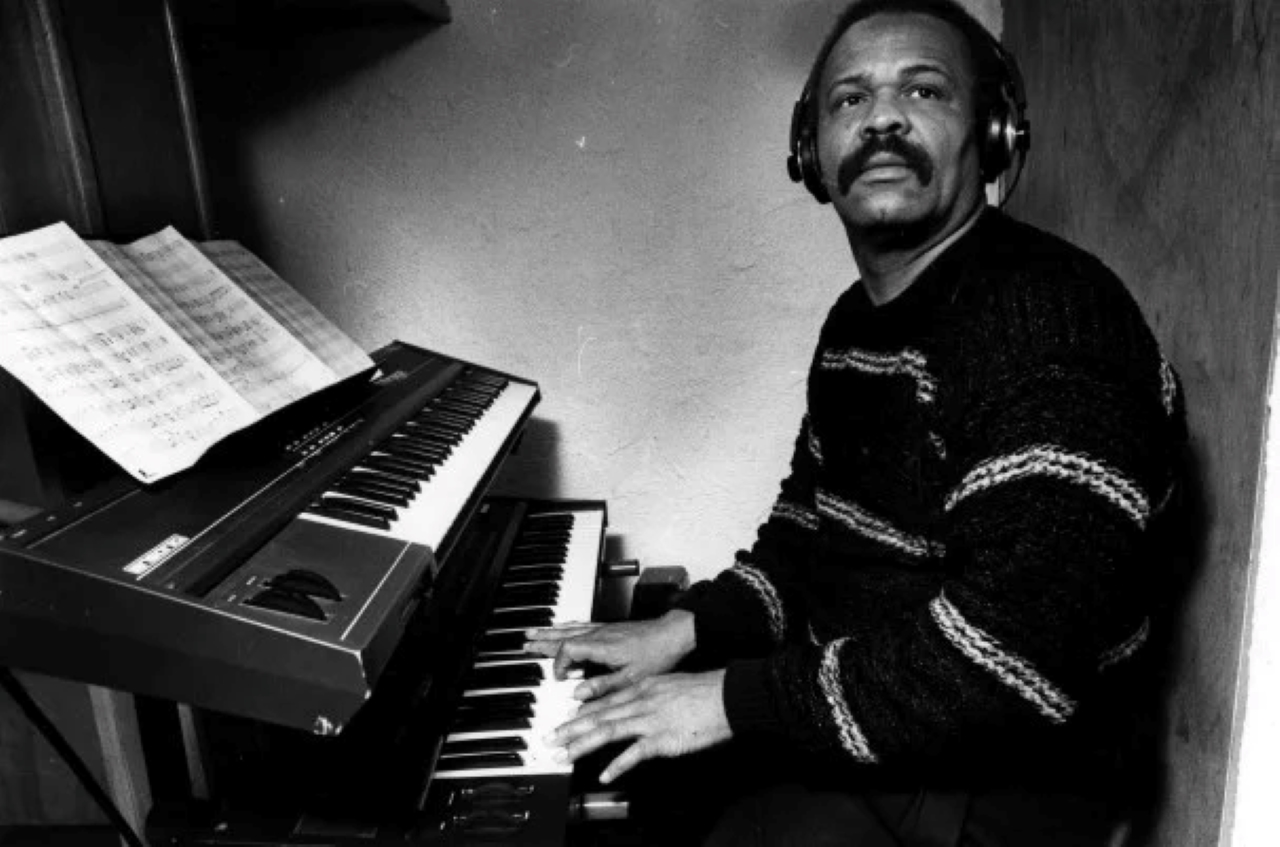🌆 From D.C. Streets to Soulful Dreams
Albert Leornes Johnson was born in Washington, D.C., a city humming with rhythm and revolution. Long before he became one of the most respected yet understated voices in soul and R&B, he was just another dreamer playing piano in the basements and church halls of his neighborhood.
In the 1950s and ’60s, Washington was a melting pot of gospel choirs, jazz bands, and funk collectives. Al soaked it all in — the harmonies of the church, the groove of the streets, the storytelling of rhythm and blues. He wasn’t the loudest, the flashiest, or the most flamboyant — but he had that voice: smooth as silk, effortless as breath, carrying an emotional gravity that could make a crowd go still.
Unlike the Motown stars who chased fame under bright lights, Al Johnson was a craftsman. He wasn’t trying to conquer the charts — he wanted to build songs that lasted.

🎤 The Unspoken Force Behind The Unifics
In 1966, Al co-founded The Unifics, one of the most distinctive soul groups of the late 1960s. Alongside Tom Fauntleroy, Marvin Brown, and Harold Washington, Al shaped a sound that was both elegant and dramatic — rich harmonies, orchestral arrangements, and emotionally charged performances.
Their breakout single, “Court of Love,” released in 1968, was a perfect example. Blending gospel fervor with romantic poetry, the song shot up the R&B charts and became a defining moment for the D.C. soul scene.
With matching white robes and choreographed stage movements, The Unifics were often described as a “gospel group for lovers.” They weren’t just singing about romance — they were performing it like theater, with Al Johnson as the emotional center.
Their follow-up hit, “The Beginning of My End,” captured the heartbreak and longing that would define Al’s songwriting throughout his life.
But by the early 1970s, as soul music shifted toward funk and disco, The Unifics quietly faded. Yet Al wasn’t done — not even close.
🎶 Behind the Scenes, Crafting Hits
When the spotlight dimmed, Al Johnson went deeper into the music. He became a songwriter, arranger, and producer — the kind of figure who shaped the sound of others while staying out of the headlines himself.
He collaborated with some of the era’s most talented artists:
-
Jean Carn, the silky-voiced jazz-soul singer;
-
Norman Connors, the drummer and producer known for merging soul and jazz;
-
The Whispers, whose harmonies defined the late ’70s R&B sound.
Al Johnson had a rare ability — he could make a song breathe. He layered arrangements like emotions, giving every horn line and background vocal a sense of purpose.
And even when he wasn’t the one singing, you could always feel his fingerprints — that smooth melancholy, that quiet sophistication, that unmistakable touch of class.
💿 “Back for More” – The Comeback That Never Aged
In 1980, after years of working in the shadows, Al Johnson stepped back into the spotlight with his album Back for More — a record that became a hidden gem of the soul canon.
The title track, a duet with Jean Carn, was everything that made late ’70s soul so unforgettable: lush production, romantic lyrics, and two voices that seemed to dance around each other like candlelight.
🎵 Related Song: “I’m Back for More” (with Jean Carn)
A timeless groove about love rediscovered — warm, patient, and filled with understated emotion.
Though it didn’t dominate the pop charts, “I’m Back for More” became a cult favorite. It was rediscovered by British soul fans in the 1990s and sampled by countless R&B and hip-hop artists.
The song’s slow-burning groove and emotional honesty embodied Al’s philosophy: music isn’t about impressing people — it’s about moving them.
🎼 A Master of Feel, Not Fame
By the 1980s and 1990s, the soul landscape had shifted again. Synths replaced strings; drum machines replaced live players. But Al Johnson never lost his touch.
He continued to work with artists behind the scenes — mentoring, arranging, and lending that same velvet voice to projects that valued authenticity over fame.
You wouldn’t see him on MTV, but you’d hear him everywhere: in the arrangements, in the phrasing, in the heart of the music.
He was a bridge between eras — from gospel choirs to disco dance floors, from street corners to studios filled with gold records.
And while others chased trends, Al stayed timeless.
💔 The Quiet Departure
On October 26, 2013, Al Johnson passed away, leaving behind a body of work that remains criminally underappreciated.
He never had a No. 1 hit or a flashy career revival, but among musicians, producers, and true soul fans, his name carried deep respect.
In every corner of the R&B world — from Washington, D.C., to London’s rare-groove clubs — DJs and singers still whisper his name with reverence.
He didn’t need to shout to be heard. He didn’t need fame to be legendary. Al Johnson’s artistry was the kind that sneaks into your heart and stays there.
🌠 Legacy: The Gentleman of Soul
Al Johnson’s legacy lies in the quiet dignity of his craft. He was a perfectionist, a romantic, and a believer in the emotional truth of music.
His influence can be traced in artists like Luther Vandross, Will Downing, and Maxwell — singers who blend technical precision with emotional warmth.
To hear Al Johnson is to hear restraint as power, subtlety as strength, love as art.
Even now, “I’m Back for More” feels eternal — the kind of song you can play on a rainy night and still discover something new in its softness.
Al once said in an interview, “If you can touch one person with your song, you’ve done your job.”
He touched thousands — quietly, beautifully, and forever.
🎵 Song: “I’m Back for More”